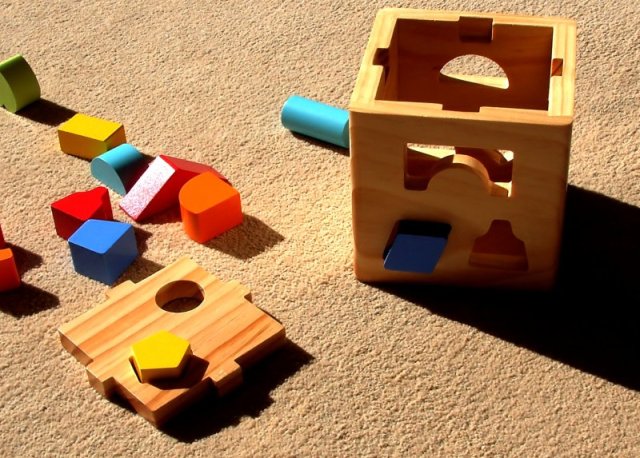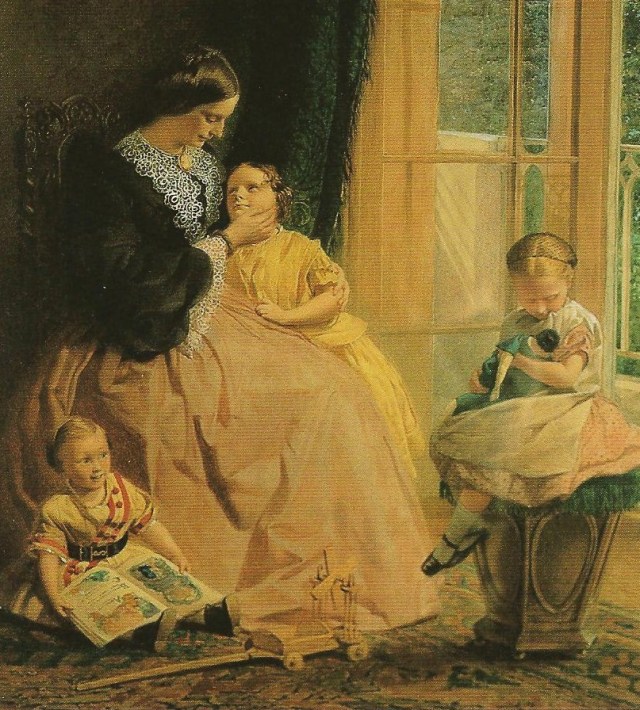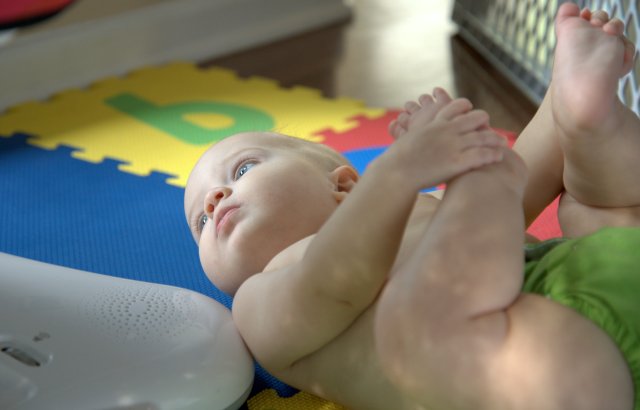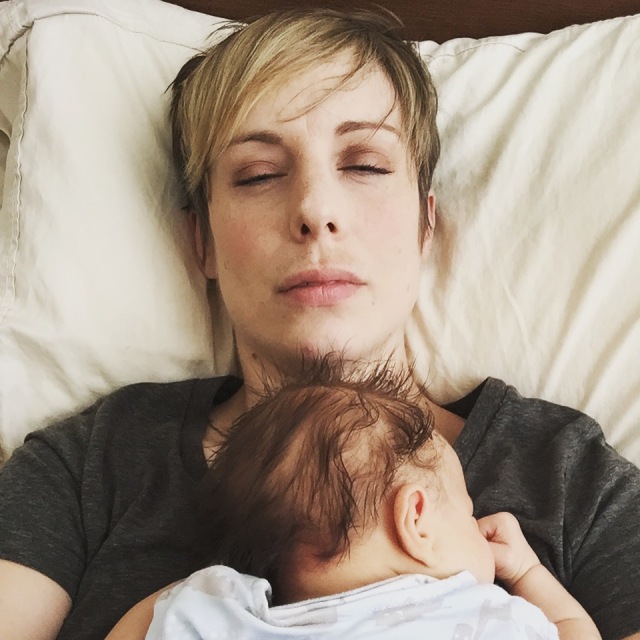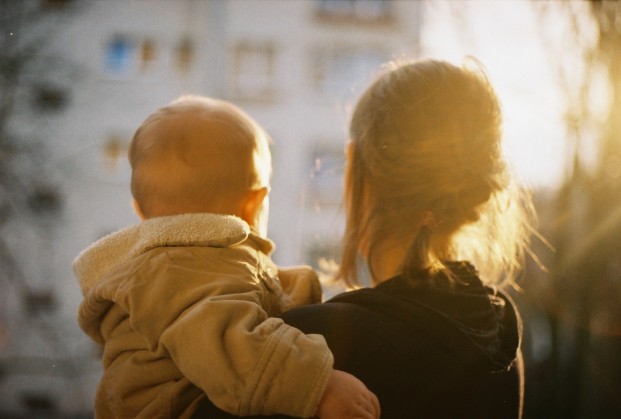
(“Maternity” (1935) by José de Almada Negreiros via P. Ribeiro Simões, Flickr CC)
“You name our suffering, and that makes us want to come close to You.”
(Rev. Glenn Hoburg, Grace Presbyterian Church)
The second I heard those words, I put down my pen and slammed my journal shut.
Did I hear that right? I thought. How did he know? How was it possible that those words, preached in a church about the New Testament book of Romans, could have anything to do with my parenting a three-year old and a 10-month old baby?
Although uttered in the form of a prayer, referring to God’s relationship with His children, that sentence immediately reminded me of my three-year old daughter, E., life with a new baby (yes, still, 10 months later), and my ability to accept – and confront – all of E.’s feelings.
Let me explain. Continue reading


